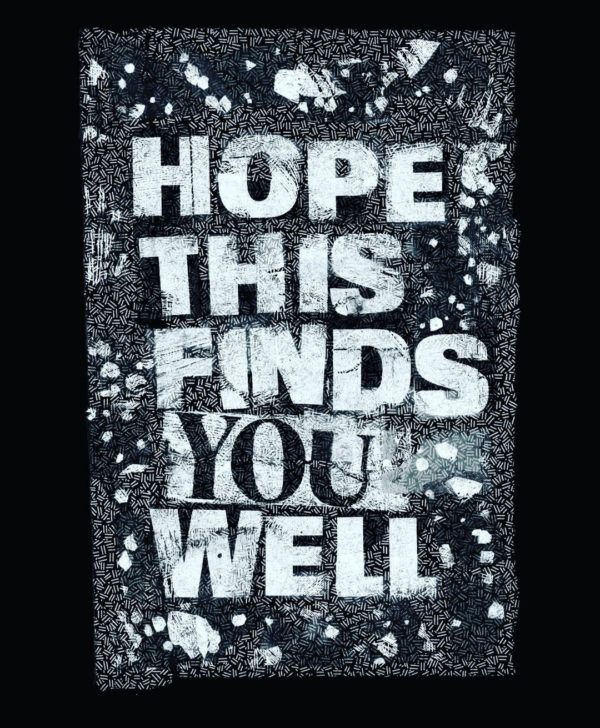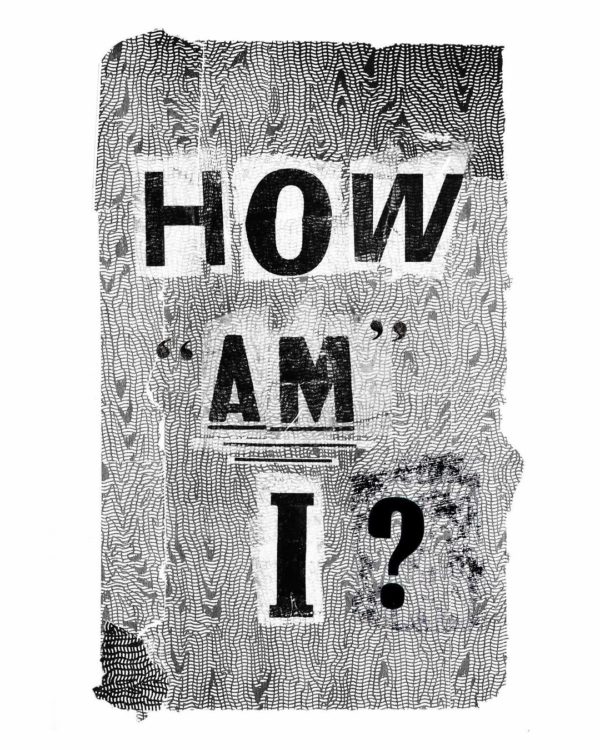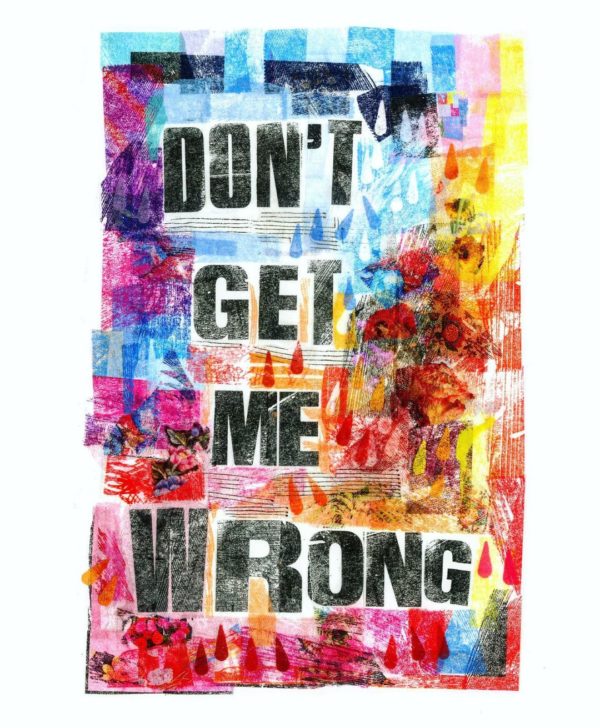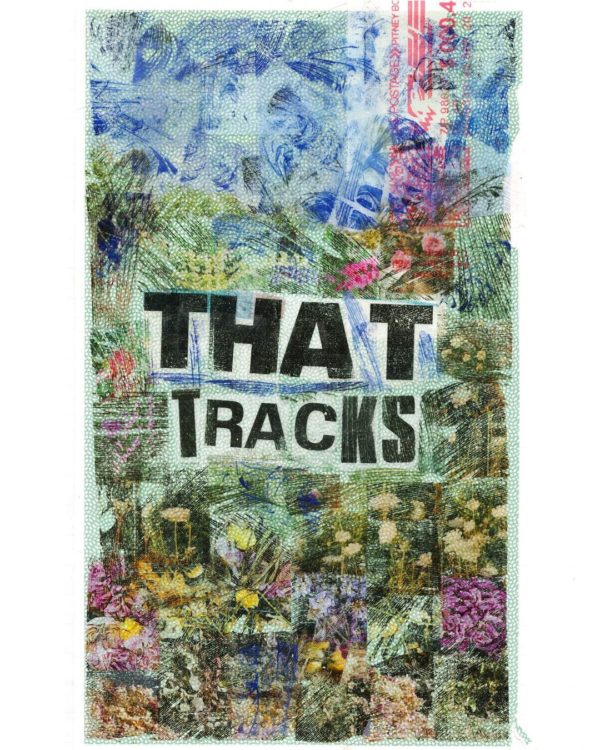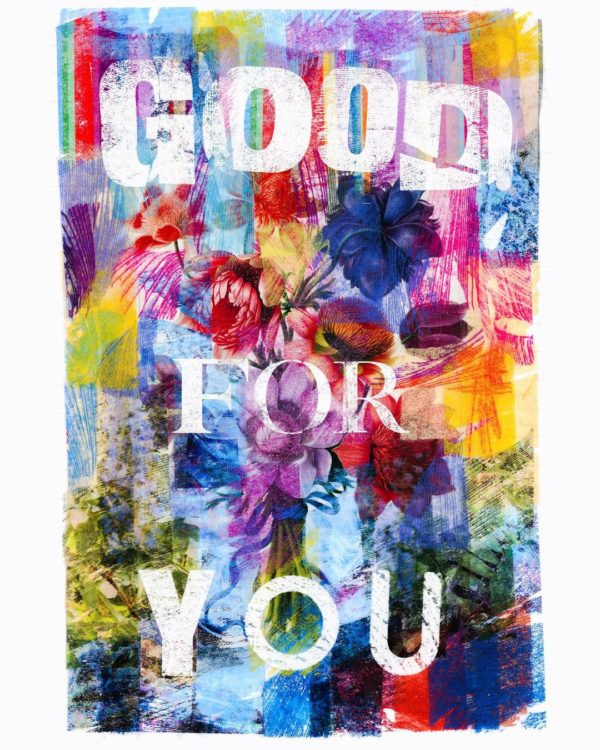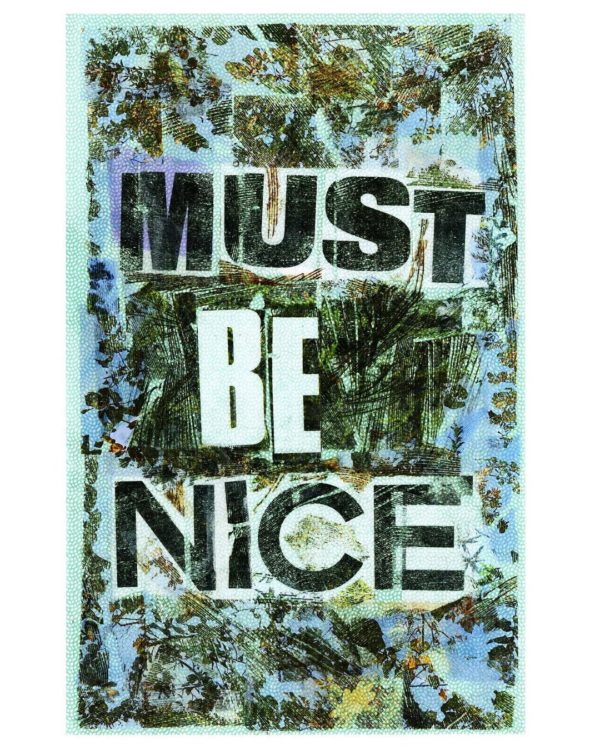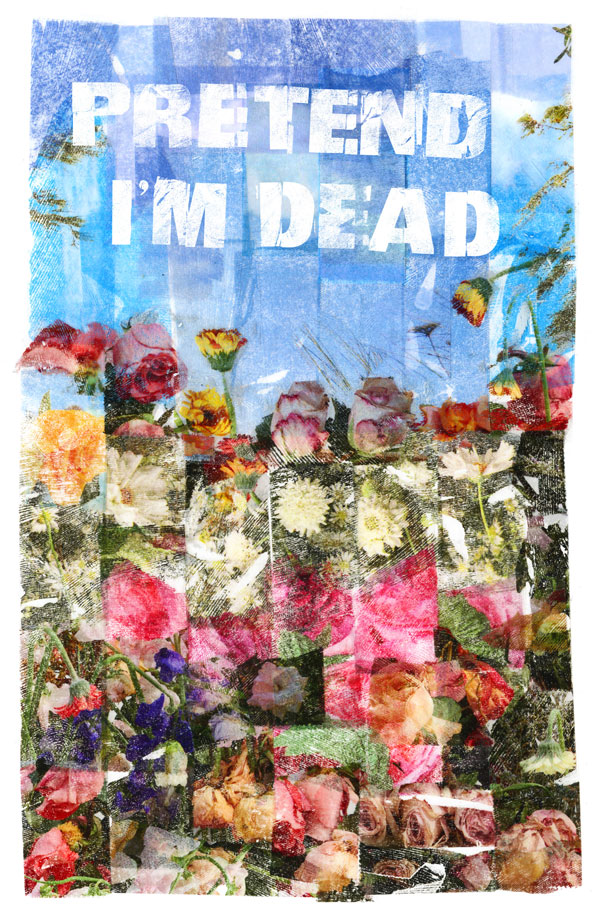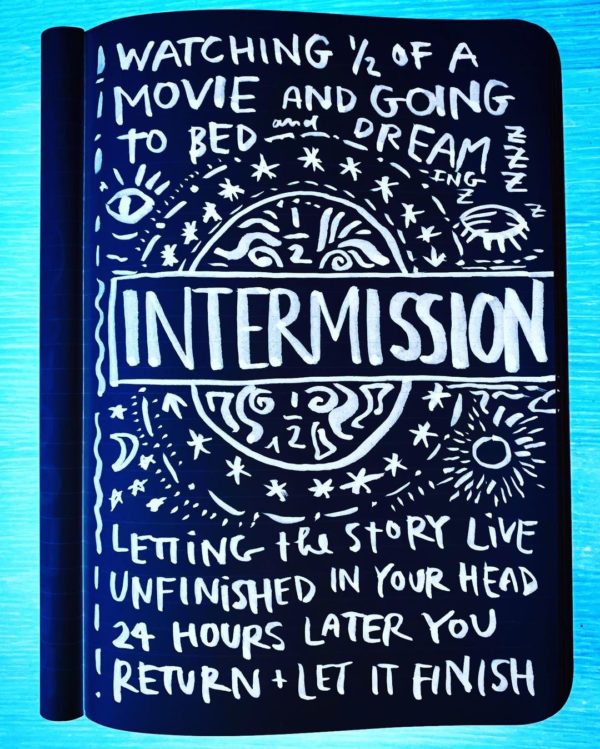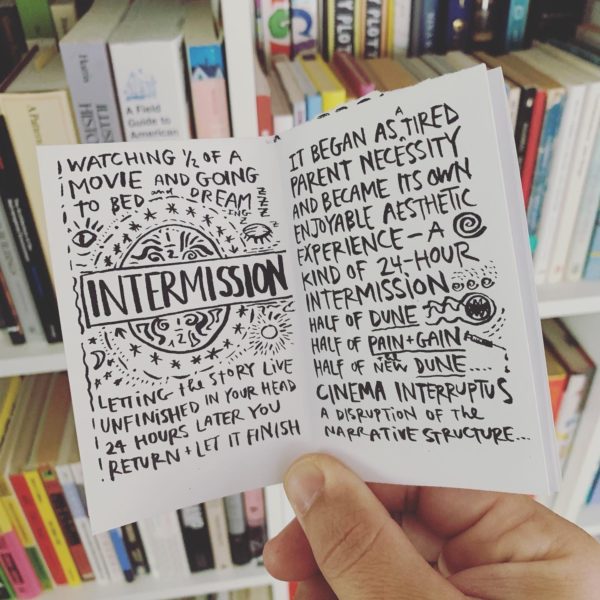I made a zine about gratitude you can print and fold and fill out. The link to download it is in today’s newsletter.
A partial eclipse of my heart

Visions are not complete until they have been set down and stepped away from, turned this way and that in the hand.”
—Lauren Groff, Matrix
Here is the moon as it looked through my telescope at 3AM this morning. Less than 12 hours earlier, I looked up while I was raking leaves and saw this:

Yes, that’s right: Coconut the Owl has returned to his owl box. I watched him fly off at dusk last night, but there he was again this morning when I woke up.
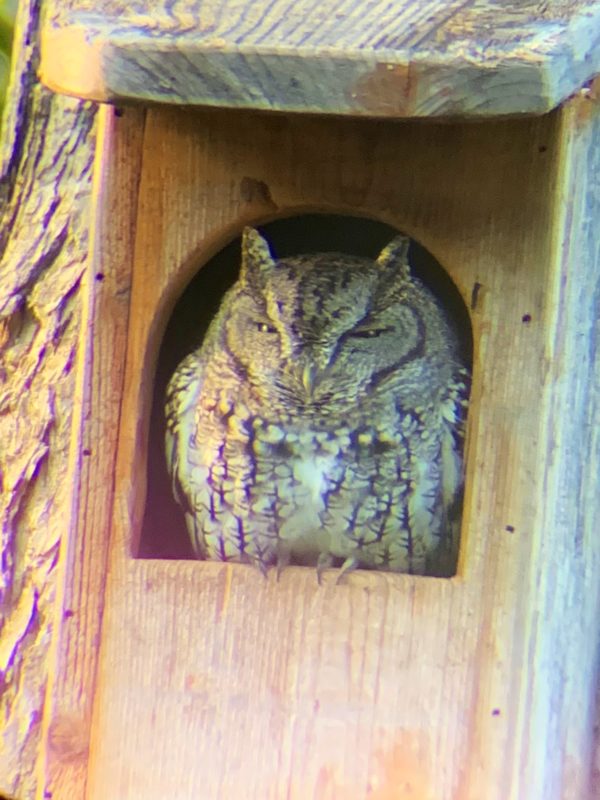
Looks like he and Mrs. Coconut weren’t lost after all. The drawings worked. My spirit has lifted. We’re so happy to have him back.
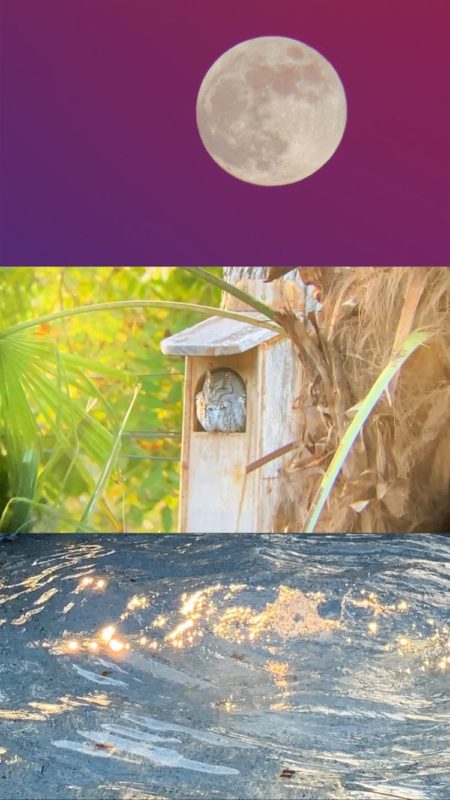
Lifted type collages
“I used to steal magazines from a store on Genesee Street, in Waukegan, and read them and then steal them back on the racks again. That way I took the print off with my eyeballs and stayed honest. I didn’t want to be a permanent thief, and I was very careful to wash my hands before I read them.”
—Ray Bradbury
I’ve been working on a series of collages made from type I (literally) lift out of magazines. They’re sort of inspired by the word paintings of Wayne White and printmakers like Amos Kennedy, Jr.
What I do is, I keep a list of phrases in my notebook I want to make and then when I have a minute or I’m burned out, I make one.
Sometimes they’re phrases we say a lot around the house. (This one is stolen from one of my favorite movies, Withnail and I. I say this in mock outrage a lot to my kids.)
Sometimes they’re more abstract. (I took the Target tape off a package.)
Sometimes it’s a phrase I can’t stand. (“Don’t get me wrong.”)
Sometimes my wife suggests one like “They can’t all be winners.”
Sometimes I notice a phrase everybody starts saying.
I like to do conversational shortcuts and the passive-aggressive phrases you hear a lot in the South and the Midwest.
These pieces are very different than my other work, so it’s not exactly clear to me what I should do with them. Not sure they’re right for a book, but maybe I can work my way up to a dozen or so and make a notecard set or a series of posters out of them.
That’s the thing about new work, it’s not really your job to judge it, you just keep the channel open and let the stuff come…
Heraclitus on sleeping

A few more bits from Heraclitus’s Fragments. (See also: The harmony of tensions.)

Filed under: sleep
Intermissions
Today’s (experimental) newsletter includes a free, printable zine.
Read the whole thing on Substack.
- ← Newer posts
- 1
- …
- 104
- 105
- 106
- 107
- 108
- …
- 638
- Older posts→


